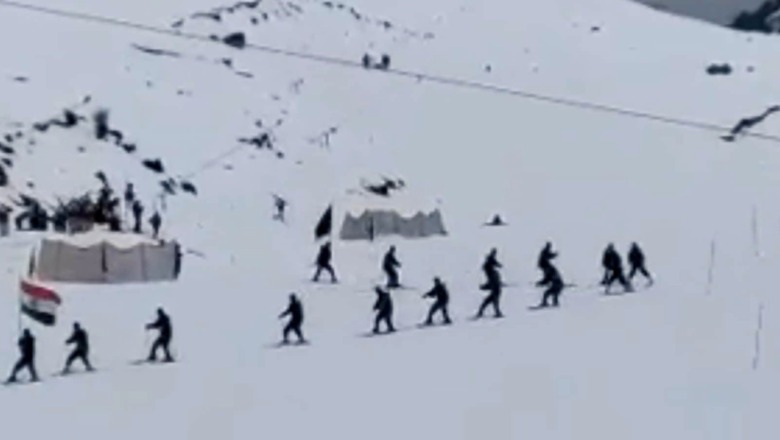
views
Indo-Tibetan Border Police (ITBP), with a total strength of more than 90,000 jawans and officers, has been primarily giving services to the nation by guarding the Himalayan borders apart from doing other duties like deployment in Naxal-affected areas, law and order-related exercises, etc.
This is a unique and highly skilled Central Armed Police Force (CAPF) which is specialised in border guarding in hazardous and inhospitable terrain and weather conditions in the high Himalayas at altitudes ranging mostly from 3,000 to 18,800 feet, where the temperature dips to -45 degrees Celsius. The jawans are well-trained to deal with any kind of situation even in harsh weather conditions. From responding to Chinese aggression to rescuing people from a tunnel in Chamoli, ITBP can do anything.
The mission of the force’s personnel is to uphold the highest standards of human dignity and national integrity in accordance with its motto ‘Shaurya-Dridhata-Karmanishtha’ (Valour-Determination-Devotion to Duty) as its jawans act as ‘Sentinels of the Himalayas’.
History
Following the ‘one border, one force’ policy, the government of India after the Chinese aggression in 1962 decided to raise a specialised force to guard the Himalayan borders. Finally, The ITBP was raised on October 24, 1962, with four battalions and was named the Northern Frontier Rifles on the concept of an integrated guerrilla, intelligence, and fighting force completely self-contained in supplies, communication and logistics. The force was trained with a high-level ability to assimilate with the locals, collect intelligence, and in the event of enemy intrusion hold them off for a considerable time span until reinforcements from regular armed forces could take over. In any enemy-occupied area, the force was supposed to work as guerrilla fighters to jolt the adversary to leave the land.
Initially, The force had only 1,472 personnel from different units, organised into four battalions. The government decided to expand it and recruitment took place preferentially from locals from hill areas as they were fully aware of the terrain and environment. Instructors were handpicked to impart training. Finally, the force was used during the Indo-Pak conflicts of 1965 and 1971 apart from Jammu and Kashmir counterinsurgency operations.
Later on, with significant developments in geo-strategic scenarios, some changes in the original role of ITBP were envisaged. The government restructured the force in 1978 to have nine service battalions, four specialist battalions and two training centres. In pursuance of a group of ministers’ recommendations to stick to ‘one border, one force’, the entire stretch of 3,488 km of the Indo-China border from the Karakoram pass in Jammu & Kashmir to Jachep La in Arunachal Pradesh was assigned to the ITBP. The force today has 56 battalions and 176 border outposts.
Strength and structure
Presently, the ITBP has 56 service battalions, four specialist battalions, 17 training centres, 15 sector headquarters, and seven logistics establishments with a total strength of approximately 90,000 personnel.
The force is headed by a director general-rank IPS officer who controls and commands three additional directors general (ADGs) and 23 inspectors general (IGs) apart from deputy inspectors general (DIGs). At the ADG level, the force is divided into ‘commands’, and at the IG level, it is divided into frontiers. ADGs are divided into three departments: ADG headquarters to look after operations and intelligence apart from administrative work, ADG western command is responsible for Leh and the Dehradun sector, and ADG eastern command who looks after the Bhopal, Itanagar, and Lucknow frontiers.
The force has also deployed its women personnel at border outposts (BOPs) in the Himalayas. ITBP also has a K9 dog squad and an equestrian squad/ animal transport wing. The force also has a water wing.
Stories of valour
ITBP played a vital role in the 1965 Indo-Pak war where it cleared Pakistani infiltrators and saved the local people in several areas of the Rajouri district (J&K). It was due to the efforts of ITBP that the police station at Gool did not fall into the hands of Pak infiltrators. In the 1971 Indo-Pak war, the ITBP was tasked to induct two battalions in the theatre of war on the western front. Day and night patrolling by the force kept the Pak infiltrators on the run and did not allow them to settle.
After a creditable performance during the 9th Asian Games in 1981-82, the Govt. of India entrusted the responsibility to ITBP for providing anti-terrorist security coverage during CHOGM-1983 and NAM-1983. The ITBP anti-terrorist group again did a remarkable job in these duties.
In 1987, six battalions of ITBP were raised to stop bank robberies perpetrated by terrorists and extremists armed with sophisticated weapons in Punjab. These battalions took on the challenging task to provide security to banks having currency chests in the state. After a successful period in Punjab, five ITBP battalions were moved to J&K from Punjab in 1998 for counterinsurgency operations. Besides this, one unit was deployed to protect and secure the Jawahar Tunnel.
In 2004, ITBP was deployed in Gurguri, Minar and Zaranj in Afghanistan to give security cover to the Border Roads Organisation undertaking the Delaram-Zaranj road construction project.
ITBP’s highly trained commandos were deployed for providing security to the Indian Embassy in Kabul and Consulates General at Jalalabad and Kandahar where they displayed a valorous role. Two jawans, late Const (GD) Ajay Singh Pathania and late Const (GD) Roop Singh, laid down their lives and four were injured in a suicide attack at the main gate of the embassy in Kabul on July 7, 2008. Both the brave hearts were conferred with Kirti Chakra posthumously by the Government of India.
In 2014, a group of fidayeen attacked the Consulate General of India, Herat, Afghanistan, which was successfully repulsed by ITBP commandos. Inspector (GD) Manjeet Singh was conferred Shaurya Chakra and other commandos were conferred the President’s Police Medal for Gallantry.
Since the ITBP is deployed in the hills, during the 2013 Uttarakhand floods, the force was the first to respond and launch a massive rescue and relief operation in all affected areas and rescued 33,009 pilgrims safely by making improvised bridges, tracks, etc. It has carried out numerous special and highly specialised rescue operations in the Himalayas over the years.
The ITBP has been leading the way in adventure sports like mountaineering, skiing, river rafting, ice hockey, etc. The force has successfully completed 209 mountaineering expeditions to date, which is a record.
The ITBP has earned a number of decorations like Padma Shri-7, Kirti Chakra-2, Shaurya Chakra-6, Sena Medal-1, President’s Police Medal for Gallantry-19, Police Medal for Gallantry-91, Parakram Padak-79, President’s Police and Fire Service Medals for Gallantry-2, Prime Minister’s Life Saving Medal-86, Jeewan Raksha Padak-6, Sarvottam Jeewan Raksha Padak-2, Uttam Jeewan Raksha Padak-13, Tenzing Norgay Adventure Award-12, etc, for its numerous achievements.
Last year, the ITBP was awarded 20 Police Medals for Gallantry and 260 Special Union Home Minister’s Operation Medals for exemplary courage and devotion to duty. This was one of the rare but very special achievements of the force when it was awarded for safeguarding the motherland on the extremely challenging India-China Border.
The ITBP marching contingent has won the Best Marching Contingent trophy six times in the Republic Day parade. The ITBP tableau has been featured in 1998 and 2018 on Rajpath on Republic Day.
Training
The ITBP’s genesis lies in guerrilla warfare training. Its concept and overall training and skill posturing are quite different in many aspects. Apart from the military and police tactics training, it trains its personnel extensively in mountain warfare, rock and ice craft, and unarmed combat especially. High-altitude survival, rangers, skiing, rafting, etc, are some of the major skills the ITBP holds.
The force is specialised in the field of adventure sports. Apart from completing a record 230-plus mountaineering expeditions over the years, it has scaled Mount Everest four times successfully. It also boasts of the national ice hockey champion team.
Budget
The ITBP’s annual budget sanctioned by the government in the year 2020-21 was Rs 6,150.15 crore, in 2021-2022 it was Rs 6,567.17 crore and in 2022-2023 it is Rs 7,461.28 crore.
ITBP 2.0
The ITBP is looking to increase its strength in the next five years. Almost seven battalions would be sanctioned shortly to the force for Arunachal Pradesh deployments. It will have more than 1 lakh personnel in its ranks by 2030.
The force may also look for a dedicated air wing as discussed for many years. It is also looking for direct satellite connectivity for live and exclusive communication. It will strengthen its presence on the China borders as more and more India-China border roads (ICBRs) are under construction. After the successful completion of dozens of strategic roads in phases I and II of ICBR, its third phase was equally supported by the government.
ITBP, say officials, may become one of the best equipped and modernised CAPFs in the next 10 years.
Read all the Latest News India and Breaking News here












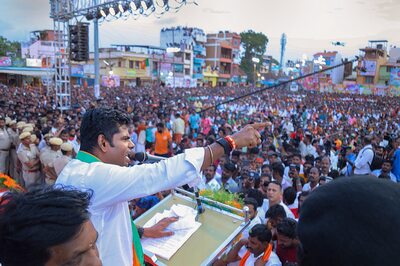

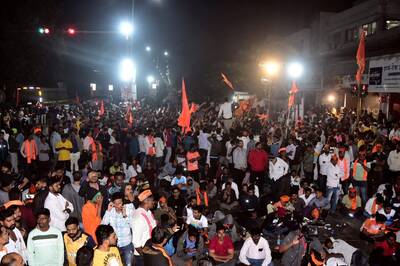
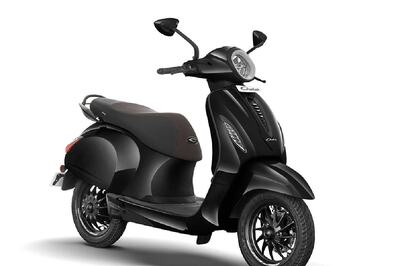



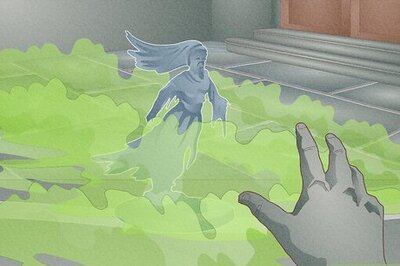
Comments
0 comment